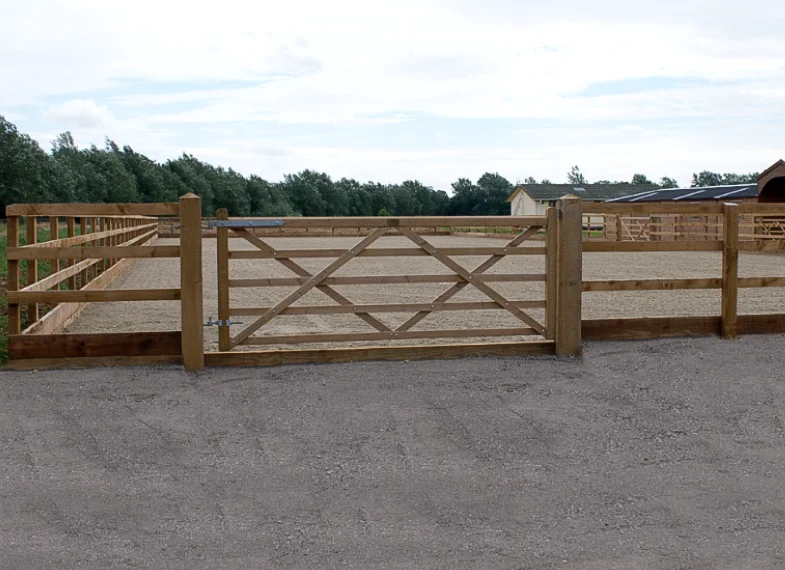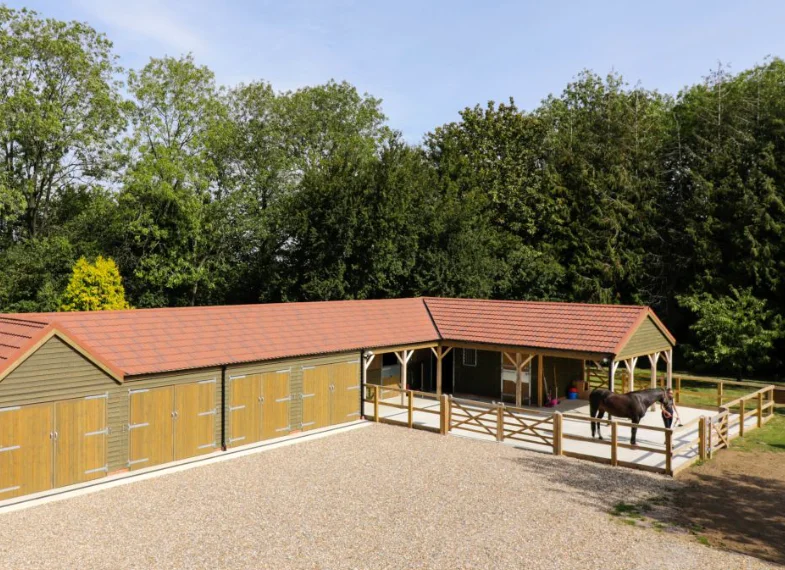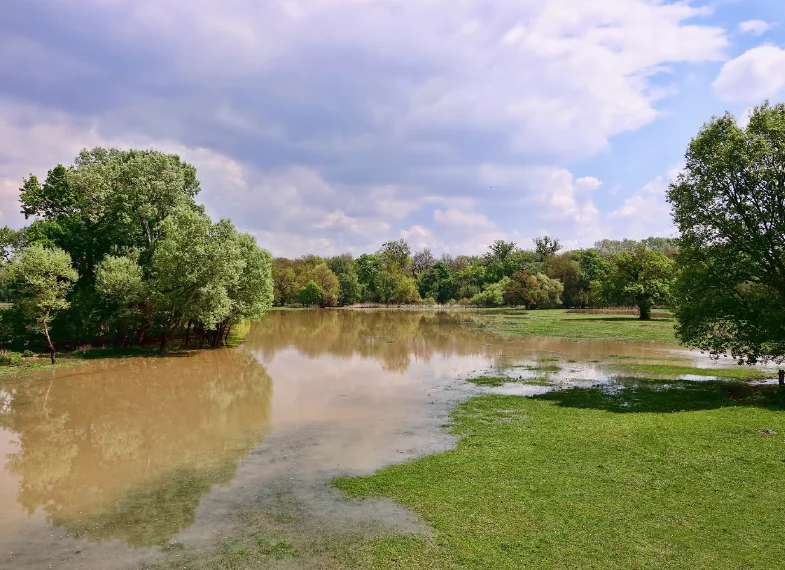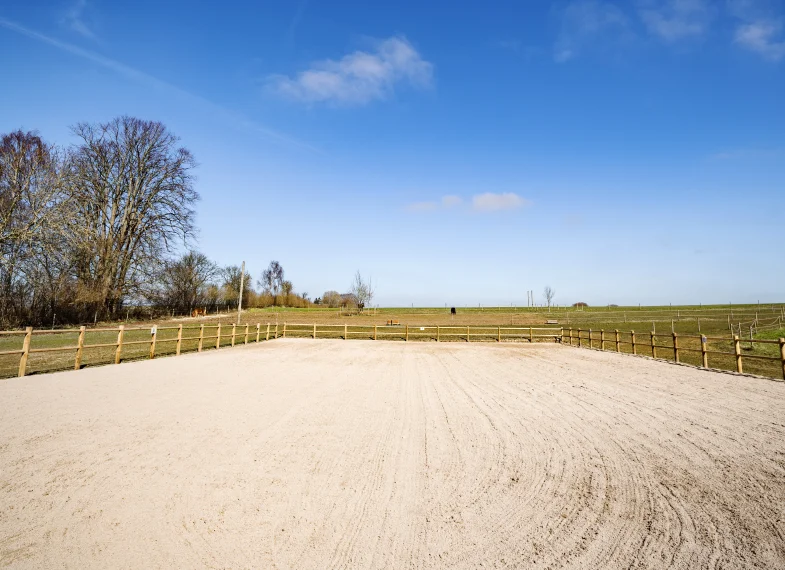Riding Arena Construction Guide: Part 1 – Choosing the Site
As a division of one of the UK’s leading aggregate suppliers, we provide high-quality construction materials and riding surfaces to many self-build customers. This five-part guide will focus on constructing an outdoor riding arena that uses a typical geotextile membrane as a separation layer. Please note that this step-by-step article should be used as a guide only. Every project and site is different, so we always recommend seeking the advice of an experienced contractor.
1. Access to your Riding Arena
When choosing a site for your new riding arena, several factors need to be considered. First, you will need hard standing access to and from the school for current construction work and future use. The last thing you want to do is contaminate your manège surface with mud, whether walked in or brought in by tractors or construction equipment.
We recommend constructing your arena near an existing hard road or track that you can easily extend to the arena gate.


2. Land Use Considerations
To avoid wasted or awkward areas of ground, carefully consider the position of your arena with other site features, such as the stables. Levelling the site is a relatively small part of the overall cost, and the flattest part of the field is not always the best spot to choose!
3. Flood Risk Impact over Levelled Ground
That excellent level area at the bottom of the field may look tempting, but it is worth finding out if it has ever been known to flood. An overflowing stream can strip the surface from a riding area in just a few hours.


4. Choosing Shelter to Reduce Prevailing Wind
The primary benefit of an all-weather arena is that you should be able to use it all year round, so finding a sheltered spot will pay dividends during wet and windy conditions.
5. Privacy for Training
Horses can be easily spooked. Therefore, your training will be much more peaceful if you can find a site away from footpaths, roads, heavily used farm tracks and other noisy areas.


6. Planning Permission Factors
Obtaining planning permission for your new arena is likely to be easier if you are not overlooking any neighbours or footpaths. Unfortunately, arena lighting is one of the most common reasons why planning applications are refused, so bear this in mind.
Download Our Five-Part Equestrian Arena Building Guide!
Enter your name and email address, and you’ll be able to download this handy guide.
Arena Construction Guide
Check out all parts of our Arena Construction Guide by following the below links:
